The Fuji Electric Co., Ltd. has been producing electrical equipment for close to 100 years. Established in 1923, the company sprouted from Furukawa Electric and Siemens AG. The company’s name is a portmanteau of the first syllable of Furukawa and the first syllable of Siemens’ Japanese pronunciation, jiimensu.
The Fuji company has manufactured many different products. This includes transformers from as early as 1925. The company started producing rectifiers, turbines, and circuit breakers in the 1930s. Then in the 1950s, magnetic switch components started rolling off their assembly lines. By the 1970s, the company had moved into developing integrated circuits and inverters. Research into solar cell technology began soon after.
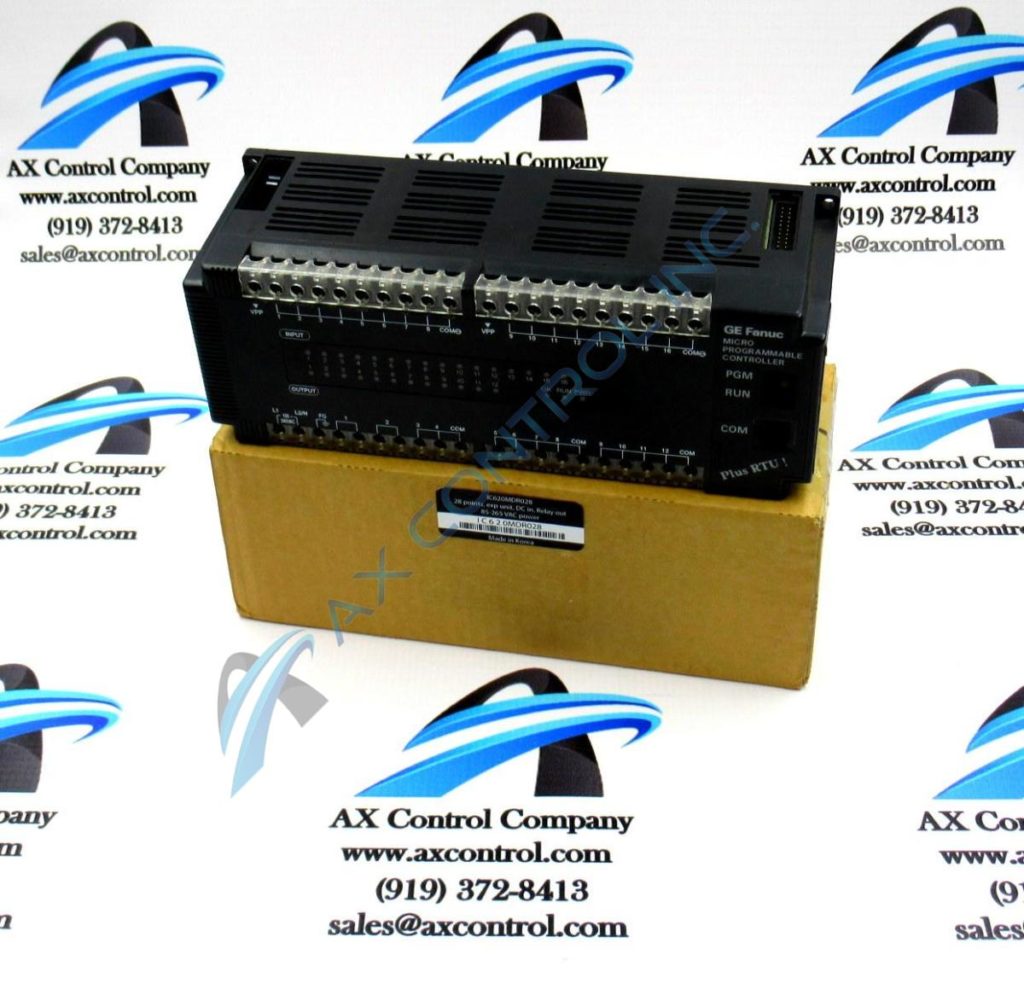
In 1935, part of Fuji Electric spun off as Fuji Telecommunications Equipment Manufacturing. Eventually, this became Fujitsu Limited. In 1955, Fujitsu Ltd. was instrumental in creating FANUC. This group of companies created automation products and services using numerical control and servos. Some may be familiar with equipment made by GE FANUC, a joint venture that began in 1982.
Continue reading “Fuji Electric: History”
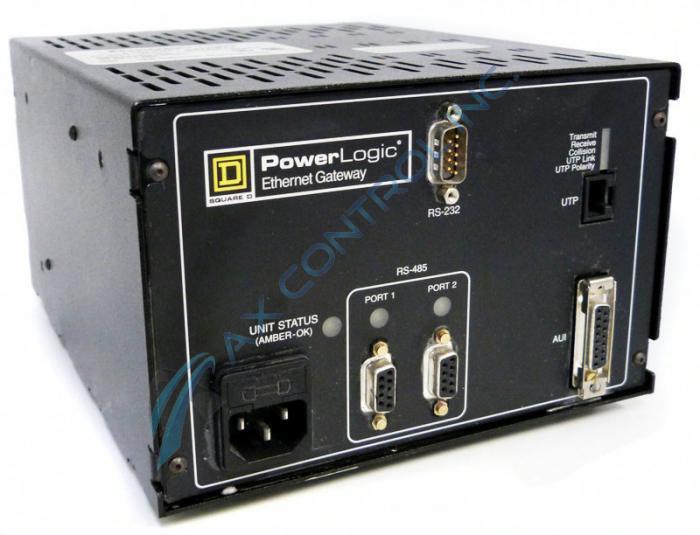
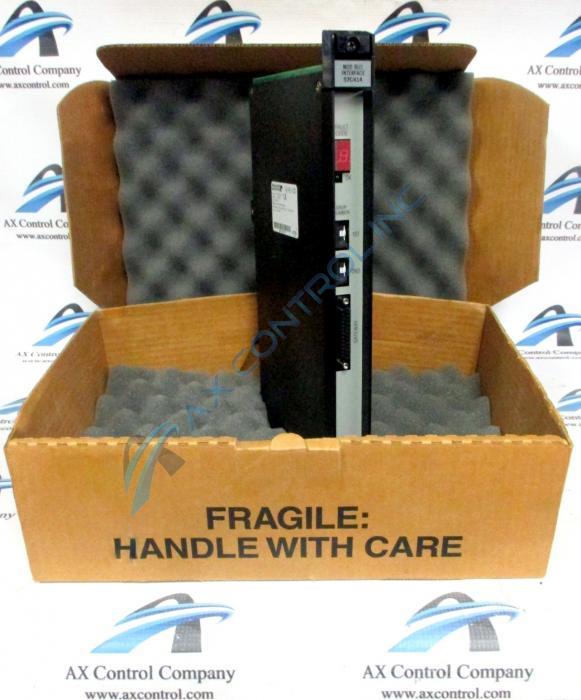
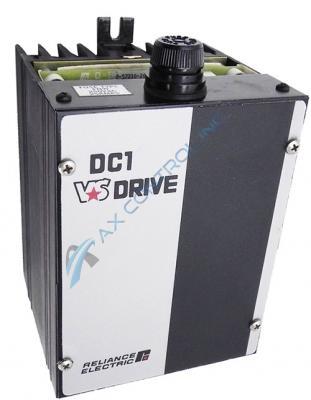
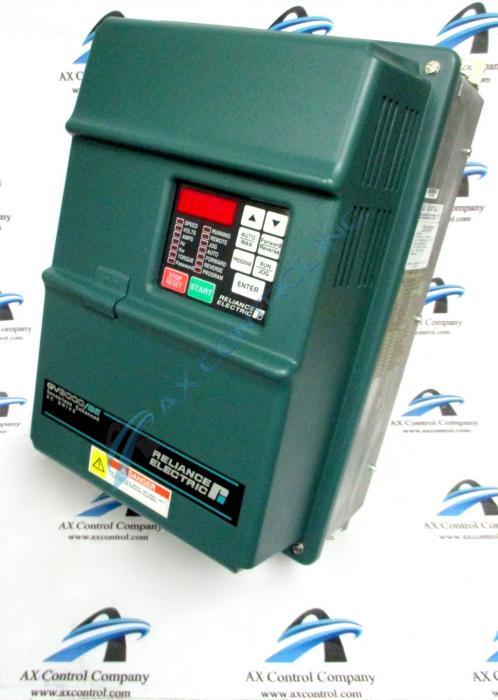
You must be logged in to post a comment.